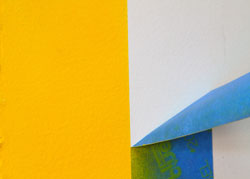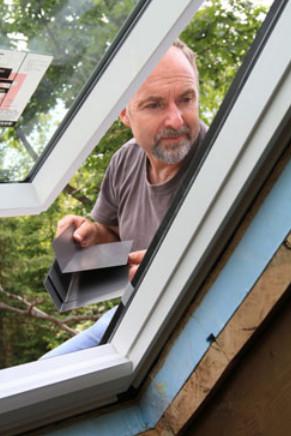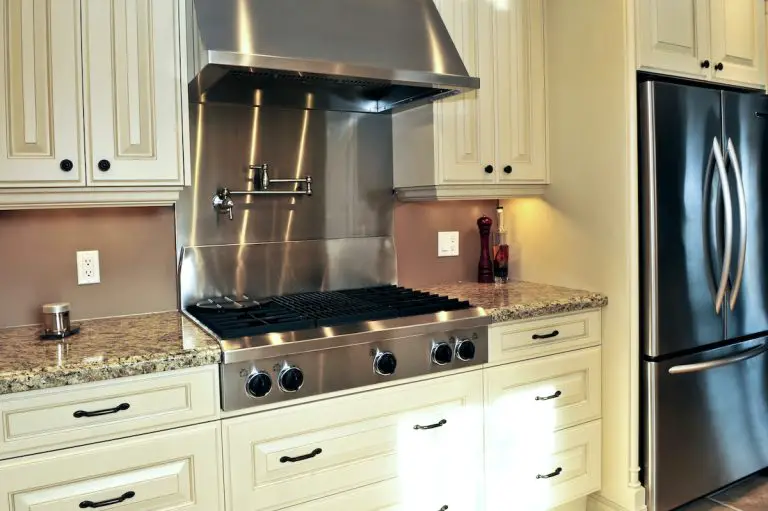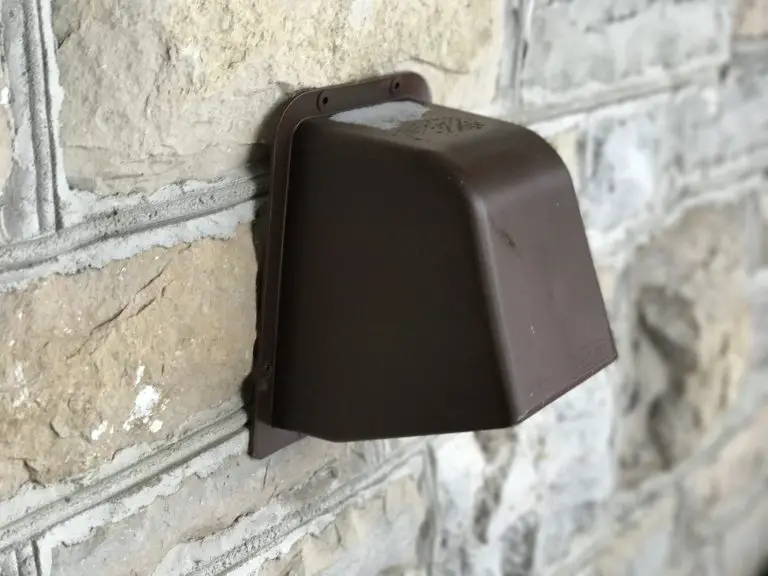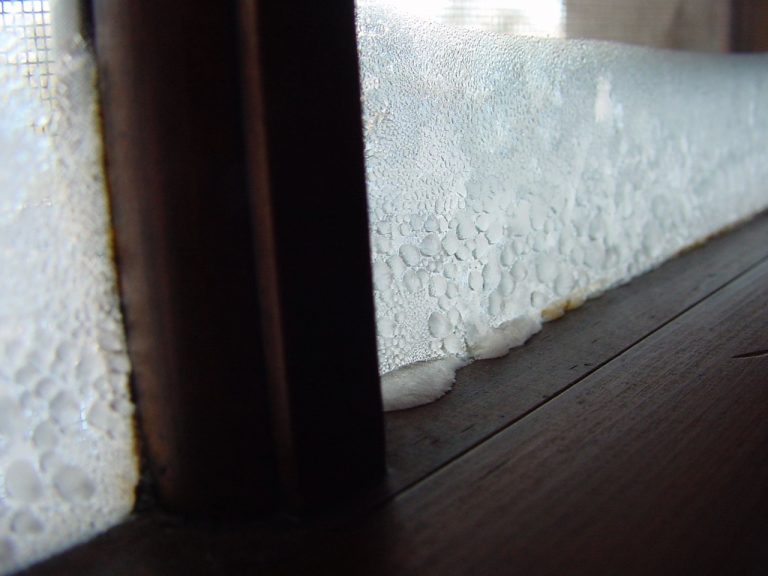Many homeowners love finished basements, but the way finished basement floors are typically installed is out of date and often leads to cold feet in winter and musty indoor air in summer. Too many basement floors are still being installed as if it were 1950, but it doesn’t have to be this way for you. The climate in many areas is one reason modern basement subfloor products are such a good idea. In fact, using the right kind of subfloor can save your entire home from musty, unhealthy basement air wafting up from below. Read more details coming right up.
In the world of building, the word “subfloor” means any kind of support material installed unseen under a finished floor. When it comes to basements, conditions are different than above-ground spaces so subfloors serves three unique roles. First, any good basement subfloor adds insulation so your feet stay warmer in winter. Second, good subfloors provide protection of the finished flooring from liquid water or water vapour moving up through the concrete, discouraging rot and mold forming underneath. And third, every good basement subfloor needs to stop indoor air from migrating downwards through the finished flooring, condensing out hidden moisture during humid summer weather. The condensation dynamic is key and often unrecognized.
The subfloor products I have most experience with are made by a Canadian company called DRICORE (www.dricore.com; 866-767-7364) in their Ontario Canada plant. They actually make two types of subfloor panels, both are a nominal 2-foot x 2-foot size and both are made of oriented strand board that interlocks together along edges. The standard version has a raised plastic layer underneath each panel, while the R+ version has a layer of foam instead.
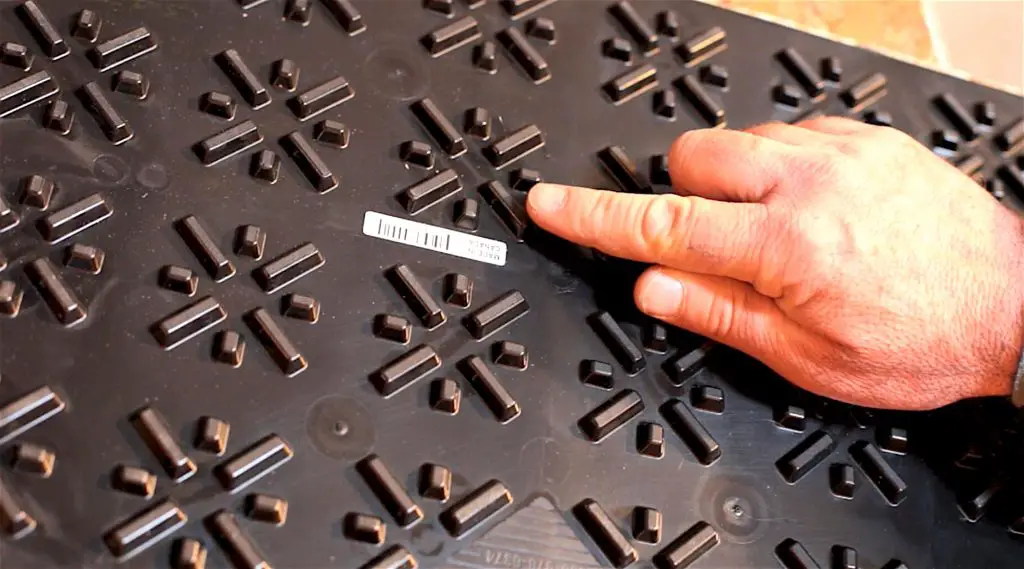
When it comes to the basement subfloor issue, mistakes are usually made early on during construction, often in response to seemingly innocent questions: “Do I really need to install a basement subfloor at all? Surely high quality carpet underpad or a foam underlay below laminate flooring is enough, right?”
As it turns out, foam underlay and underpad should never be installed directly against concrete. And the quality of the underpad has nothing to do with the issue because underpad can never stop hidden condensation properly that can form as air moves through the carpet.
It’s easy enough to see that a subfloor will boost insulation levels that’ll make your feet warmer in winter and you’ll appreciate the softer, non-concrete surface under foot. It’s also easy to see how the air space underneath raised subfloor tiles allow a small amount of leaked liquid moisture to drain away harmlessly below the finished floor. What’s harder to see is the way basement subfloor tiles also stop hidden condensation, the #1 cause of musty basements in summer and poor indoor air quality.
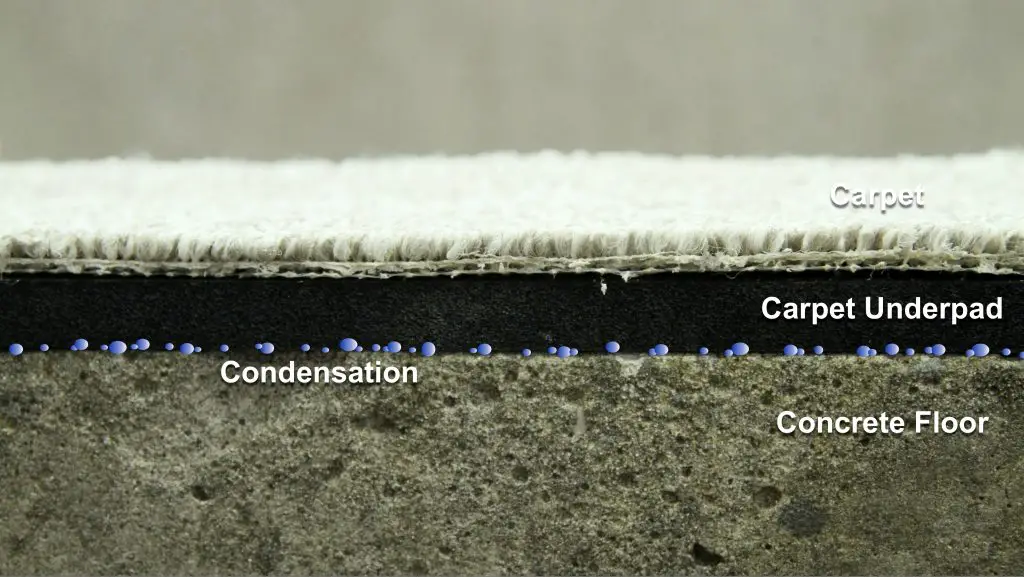
The main thing to understand about an underground concrete floor is that it’s cool to the touch – cooler than any other floor in your home. This is the cause of hidden condensation in and under basement floors, especially carpeted floors. If humid indoor air is allowed to percolate down through the pile and underpad of wall-to-wall carpet, it will eventually encounter the cool concrete below. Since the ability of air to hold moisture is proportional to its temperature, as this air cools chances are good that relative humidity will rise to 100% right against the concrete, triggering condensation within the carpet and underpad. Subfloor tiles cost $1.50 to $1.75 per square foot and this is a small price to pay to stop this potentially damaging condensation dynamic by stopping basement air from getting to the concrete surface.
When it comes to finishing basements, too many people (and some contractors, too) don’t understand the danger of cold feet and mold-promoting condensation that can be avoided by a good subfloor. Commit to a proper installation and you’ll be building your entire finished basement on a great foundation. There’s more to finishing your basement with health in mind than just the subfloor. Click here for a video about the larger topic of indoor air quality and basement finishing strategies.







